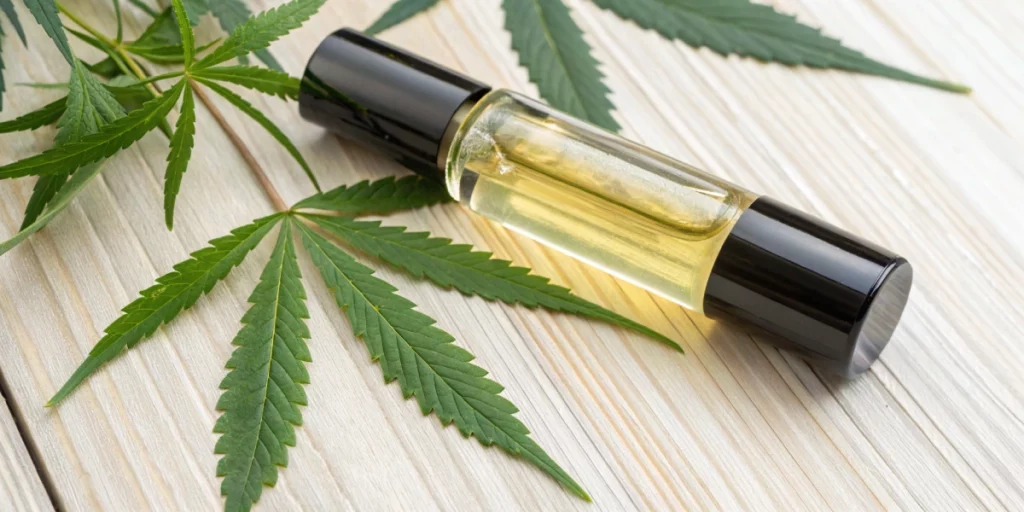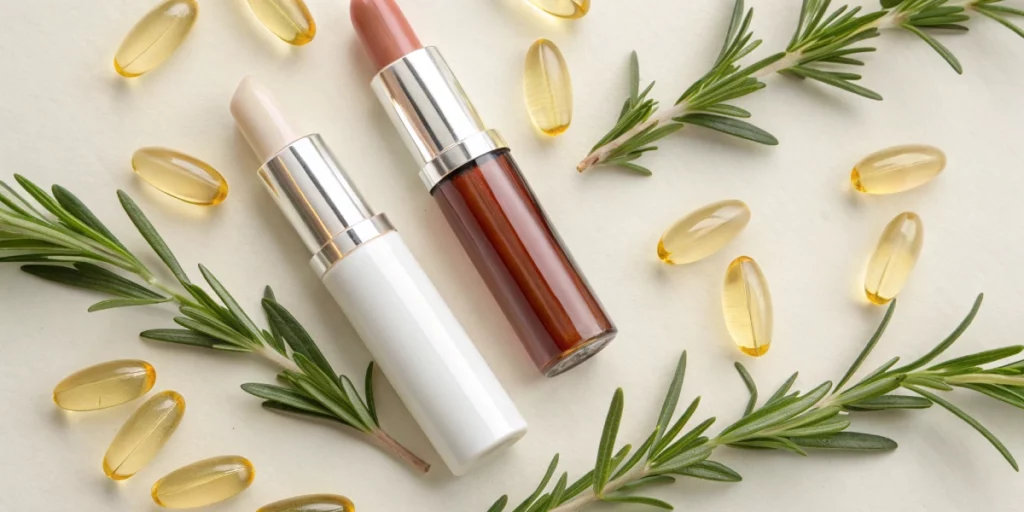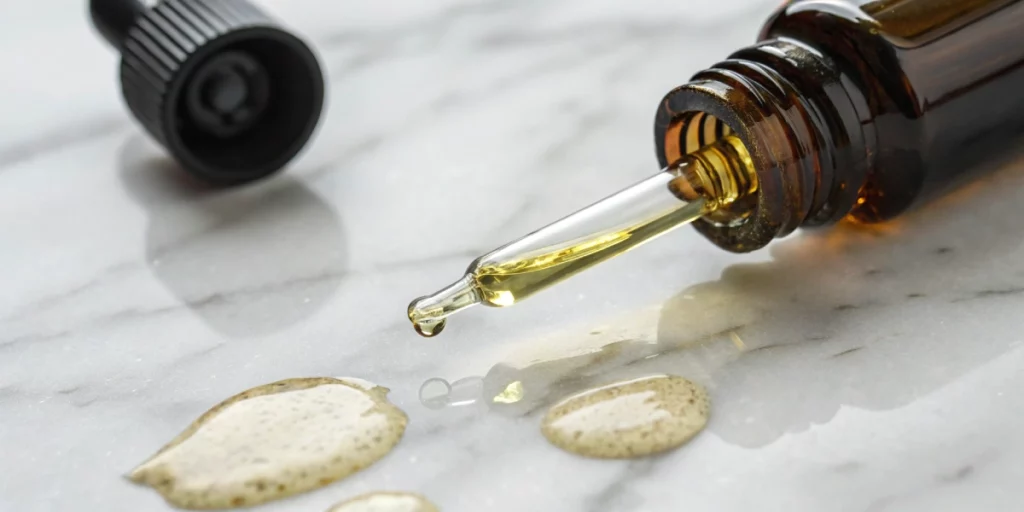Oil Composition and Extraction
Cold-Pressed Techniques
Cold-pressed methods extract oil without heat or solvents, preserving active nutrients. In this process, seeds undergo gentle crushing under controlled pressure. As a result, antioxidants and fatty acids stay intact. This gentle method helps maintain a natural aroma and clear hue. Additionally, it reduces the risk of chemical residues. Anyone seeking an unrefined product values this approach for pure, nutrient-rich oil that supports skin and lip health.
Cold pressing also limits oxidation during extraction. Because temperature stays low, perishable compounds remain stable. This preserves vitamin E and polyphenols that hydrate and defend the skin barrier. Furthermore, cold-pressed oil retains its subtle nutty fragrance, enhancing the sensory experience. Brands that label their oil “cold-pressed” signal quality. In turn, consumers trust they get minimal processing and maximum benefits from each application.
Fatty Acid Profile
Cannabis sativa seed oil delivers a balanced mix of essential fatty acids. It contains linoleic acid (omega-6) and alpha-linolenic acid (omega-3). These omegas promote skin elasticity and moisture retention. Moreover, these fats support natural barrier repair when lips feel dry or cracked. Such nourishment helps prevent moisture loss. As a result, lips remain supple throughout the day, resisting chapping and irritation.
Alongside omegas, it offers gamma-linolenic acid (GLA), known to soothe inflammation. When applied, GLA calms redness and sensitivity around the lip area. This fatty acid also supports collagen production, enhancing firmness. Because of this profile, oil absorbs smoothly without a greasy finish. Users notice a lightweight feel and long-lasting comfort even in harsh weather.
Purity and Quality Indicators
Look for cold-pressed, unrefined labels when choosing seed oil. Certifications like organic or GMP (Good Manufacturing Practice) guarantee quality standards. Such labels ensure the absence of pesticides or synthetic additives. Additionally, batch numbers and farm origin details build transparency. Consumers can trace each bottle back to its source. This traceability confirms that seeds arrive from trusted growers following sustainable practices.
Quality testing also matters. Independent labs can screen for heavy metals, microbes, and solvent residues. Certificates of analysis (COAs) validate purity. When brands share COAs, they build consumer trust by revealing each test result. As a result, shoppers gain peace of mind, confident they apply a safe, high-grade product around sensitive lip skin.
Skin and Lip Benefits
Moisturizing Properties
Seed oil deeply hydrates both skin and lips through occlusive action. Its fatty acids form a lightweight barrier that locks in moisture. Once applied, lips feel soft and plump. Moreover, repeated use helps repair dry patches over time. This natural hydration routine supports daily comfort without harsh chemicals. As a result, lips resist cracking, even in cold or windy conditions.
Furthermore, oil works well under makeup or alone. Apply a thin layer before lipstick to prevent flaking. Alternatively, use it overnight for an intensive boost. Consistency matters: daily application yields lasting softness. Thus, integrating this oil into any skincare ritual enhances lip health and overall facial radiance.
Antioxidant Effects
Rich in vitamin E and polyphenols, this extract fights free radicals. Free radicals from sun exposure and pollution cause premature aging. By neutralizing these molecules, oil preserves youthful lip texture. Users notice fewer fine lines and a smoother surface. Moreover, antioxidants support overall skin resilience against daily stressors.
Additionally, regular antioxidant application helps revitalize dull lips. A small drop brightens the lip area and promotes circulation. This effect yields a subtle natural glow. Over weeks, lips appear healthier and more vibrant. Such results appeal to anyone seeking both protection and a gentle boost in lip tone.
Soothing Irritations
Harsh elements and frequent licking can trigger lip irritation. Seed oil offers anti-inflammatory support thanks to GLA and gamma-tocopherol. When applied to tender spots, oil calms discomfort within minutes. It reduces redness and helps tissue recover. This makes it ideal for anyone prone to chapped or sunburned lips.
Moreover, it works on minor burns, insect bites, or eczema flares around the mouth. Its gentle nature suits sensitive areas without stinging. In fact, many users report relief from dermatitis symptoms. Because of these soothing qualities, it earns a spot in first-aid kits alongside daily care products.
Formulation and Additives
Essential Oil Blends
ChatGPT Plus
Blending essential oils like lavender or rose creates sensory appeal and added benefits. Lavender oil enhances calming effects, while rose adds a floral note and extra hydration. These blends must respect concentration limits to avoid irritation. Typically, formulations keep essential oil content under 2 percent. For those exploring holistic wellness, combining aromatherapy with cannabis-based products can be highly effective — as explained in this guide on how to use FECO, which details the therapeutic benefits of Full Extract Cannabis Oil when integrated into wellness routines.
Furthermore, transparency about each ingredient matters. Clear labeling helps users with allergies make informed choices. Brands that list oil percentages and botanical names earn trust. Consequently, consumers feel confident using a product that balances efficacy with safety.
Natural Preservatives
To extend shelf life, natural preservatives like tocopherols or rosemary extract appear in many lip oil formulas. These compounds prevent rancidity without harsh chemicals. Vitamin E doubles as an antioxidant preservative and skin-nourishing agent. In turn, products last longer and stay safe for months after opening.
Moreover, some brands rely on delicate filtration and airtight packaging instead of added preservatives. This method also maintains purity. As a result, users enjoy fresher oil that stays true to its natural profile. Always check expiration dates and storage instructions for optimal performance.
Vegan and Cruelty-Free Standards
Ethical consumers seek vegan, cruelty-free lip oils. Vegan formulas exclude beeswax and lanolin, using plant-based alternatives. Cruelty-free labels indicate no animal testing at any stage. Certifications from groups like Leaping Bunny or PETA verify these claims.
Brands that highlight their commitment reduce ecological impact by sourcing fair-trade seeds. They also support transparent supply chains. By choosing certified products, consumers back ethical practices. This decision aligns with broader values around sustainability and animal welfare.

Application Techniques
Daytime vs. Nighttime Use
During the day, apply a thin layer to protect lips from environmental stress. Oil primes lips before lipstick, ensuring smooth color application. It absorbs quickly to avoid interfering with makeup. Additionally, daytime use helps maintain hydration until the next touch-up.
At night, switch to a thicker coat for deep repair. While you sleep, oil penetrates more effectively. This prolonged contact time helps rebuild moisture and soothe any daytime damage. By alternating light and rich layers, you maximize benefits around the clock.
Layering with Other Products
Oil pairs well with lip balms or tinted treatments. First, apply a hydrating balm to lock in moisture. Then smooth a drop of oil for gloss and added nutrients. This method avoids pilling or sticky buildup. Instead, lips stay supple with a polished finish.
Alternatively, drop oil into foundation or tinted lip balm to customize texture. A single drop adjusts consistency, making products richer. Just mix on your palm before applying. This DIY approach tailors hydration levels to changing weather or personal preference.
Travel-Friendly Packaging
For on-the-go hydration, look for secure, leak-proof rollers or twist-up sticks. Glass dropper bottles risk breakage and spills in bags. Rollers deliver precise application without mess. Stick formats offer quick, pocket-friendly use at red lights or during meetings.
Furthermore, many travel-friendly designs fit airline regulations. Check that containers hold under 100 milliliters. Compact sizes help maintain a consistent care routine anywhere. Investing in convenient packaging ensures you never skip essential lip nourishment.
Brand Selection Tips
Reading Labels Effectively
First, scan labels for unrefined, cold-pressed oil. Avoid generic “plant oil” listings without seed origin details. Next, check for natural preservatives and minimal ingredients. Ideally, oil appears within the first three ingredients. Finally, verify absence of silicones or synthetic fragrances.
Clear, concise labels indicate trustworthy brands. Avoid confusing jargon or proprietary blends without ingredient lists. When in doubt, customer reviews and independent blogs help confirm label accuracy. Such research pays off in selecting a product that truly benefits lips.
Third-Party Lab Reports
Demand transparency through COAs from accredited laboratories. These reports assess purity and potency. Brands that publish recent COAs show their commitment to safety and efficacy. Conversely, missing lab data can signal lower standards.
By reviewing COAs, you spot contaminant levels and fatty acid ratios. Reliable companies update reports every few months. This practice ensures each batch meets quality criteria. With access to lab data, shoppers gain confidence in product integrity.
Price vs. Quality Comparison
High price does not always guarantee superior oil. Compare ingredient lists and extraction methods instead of brand names. Affordable options can deliver genuine cold-pressed oil without markup for fancy packaging.
However, extremely low-cost products may cut corners. Look for mid-range prices reflecting fair trade and organic cultivation. Balance budget with verified quality indicators. This approach ensures you invest wisely in lip care that truly performs.

FAQs about cannabis sativa seed oil lip oil
Is it safe for sensitive skin?
Yes, seed oil suits most skin types, including sensitive. Because it contains anti-inflammatory GLA and vitamin E, it calms irritation. Always test a small cannabis patch before full use. If no reaction appears in twenty-four hours, full application should pose no issues.
How long does a tube last?
A typical five-milliliter tube lasts four to six weeks with daily use. Usage patterns vary by frequency and amount applied. For edible products like Cannabis Rice Crispy Treats, proper storage is equally important—apply only a thin layer (if infused with cannabis extracts) and store away from light and heat. This helps preserve potency and prevents premature spoilage.
Can I mix it with lipstick?
Absolutely. Blend a drop into matte or cream lipstick for added shine and hydration. Mix on a clean surface or your fingertip before applying to lips. This technique transforms any shade into a glossier finish and boosts lip health without altering color payoff.





